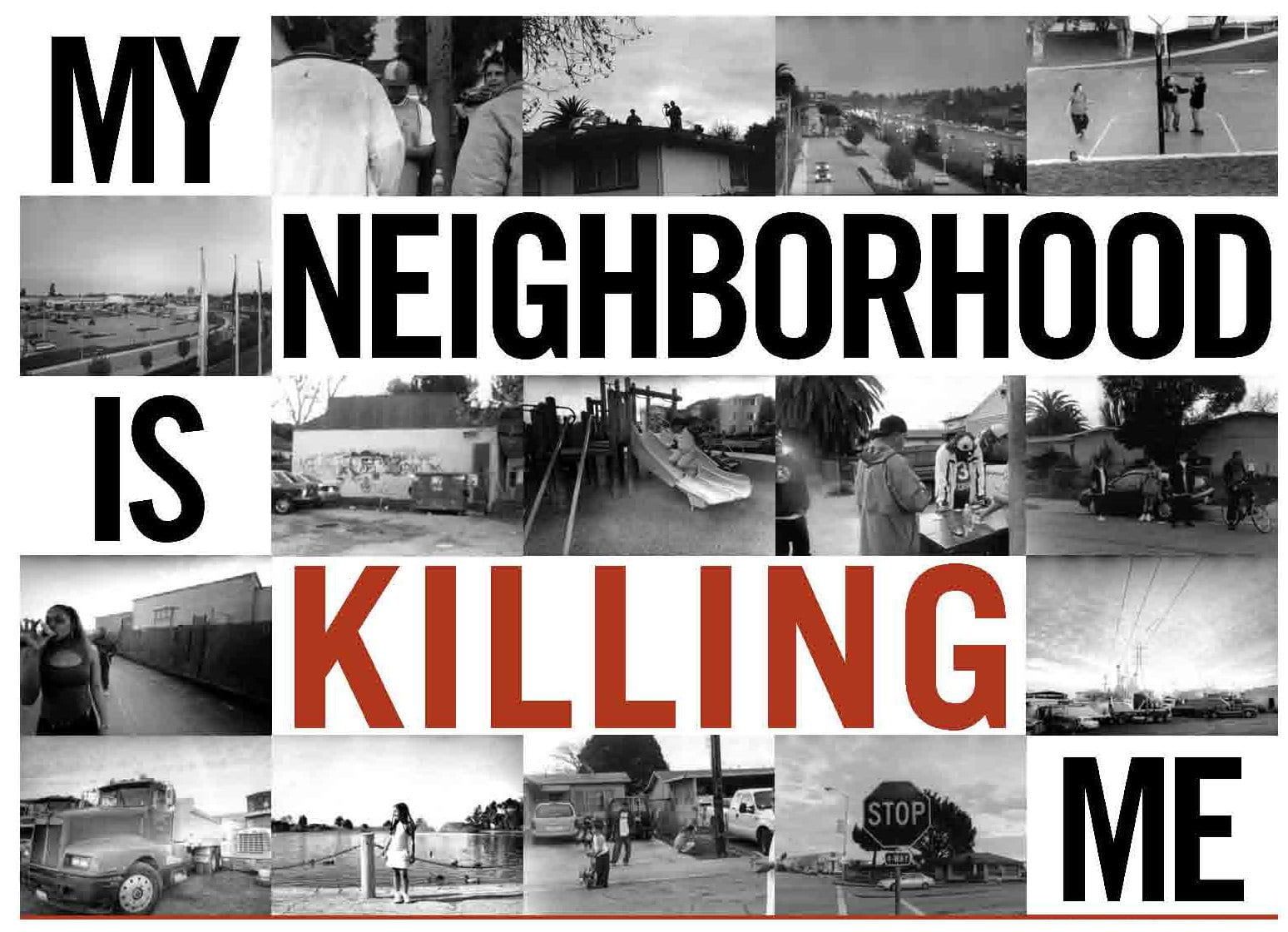
Post by Anna Connole, Democracy Fellow
On Wednesday September 26th, Diversity Education Empowerment Program (D.E.E.P) Impact* held a dialogue on environmental racism, which refers to socially marginalized racial minority communities which are subjected to disproportionate exposure of pollutants, the denial of access to sources of ecological benefits (such as clean air, water, and natural resources), or both.
The speakers began by taking an anonymous poll on how much the room knew about the issues. Some of the most covered environmental racism cases were beamed up onto the screen and the audience shared through the anonymous electronic message system the level of knowledge they had. The water crisis in Flint, Michigan had the most awareness while both the Dakota access pipeline and the Mountain Valley pipeline received the response of “know little, but not much” from the majority of the crowd.
To finish off the interactive introduction, the crowd typed in a word that they associated with environmental justice. The top responses were equality and protection.
A graphic labeled, “my neighborhood is killing me,” started off the presentation on the most important cases and terms dealing with environmental racism. The leaders explained how natural disaster relief, clean water and pipeline free neighborhoods were typical services to white communities, while neighborhoods with a majority minority population are the places chosen most to place harmful items. They also face the least amount of funding after disasters hit, or as in the case of Flint, greater risk of water contamination.
The speakers shared specifics on how the cases display racism. The Dakota access pipeline is a 1,172-mile-long underground oil pipeline which was specifically moved from going through a more wealthy area into tribal lands and in Flint, Michigan it took years for the government to intervene. It took even more time for the intervention to actually ensure the city had safe water to use. In response to the Flint case, there was a $97 million settlement in response to court cases against the state of Michigan.
The topic was one sure to spark conversation and when the program moved into the small group portion, people were able to speak their minds.
In one particular group, it was obvious how the some students were startled by other’s personal stories. One student shared on their long family history of educators with a great-grandfather even being awarded a school named after him. When the school started to fall apart with age and mold issues, it was neglected. At the same time a nearby and majority white and wealthy area, a brand new school was built next to a perfectly fine one. She shared how it obvious that the students of her grandfather’s school who mostly fell under the poverty line were treated with less importance than the other school’s students.
Students also expressed concern that they see the government choosing money over minorities lives and called for more news coverage about these issues. Other ideas included calls for more education on the topic and programs to increase the capacity for affected communities to tell their stories and redress issues.
Students left feeling more educated, a little defeated, but hopeful that with programs like this one, more people will push for change when another case of environmental racism pops up around them.
Resources:
“Trump’s EPA Concludes Environmental Racism Is Real,” The Atlantic
EJSCREEN: Environmental Justice Screening and Mapping Tool
*The Diversity Education Empowerment Program (D.E.E.P) Impact holds dialogues twice a month to educate students on different aspects of diversity. Through small group and then large group discussions, D.E.E.P creates a safe space for any opinion to be voiced. With a student Diversity Educator team, the conversations are kept honest, engaging, judgement free and encouraging of participants to use “I” statements.

Recent Comments